We may earn money or products from the companies mentioned in this post. This means if you click on the link and purchase the item, I will receive a small commission at no extra cost to you ... you're just helping re-supply our family's travel fund.
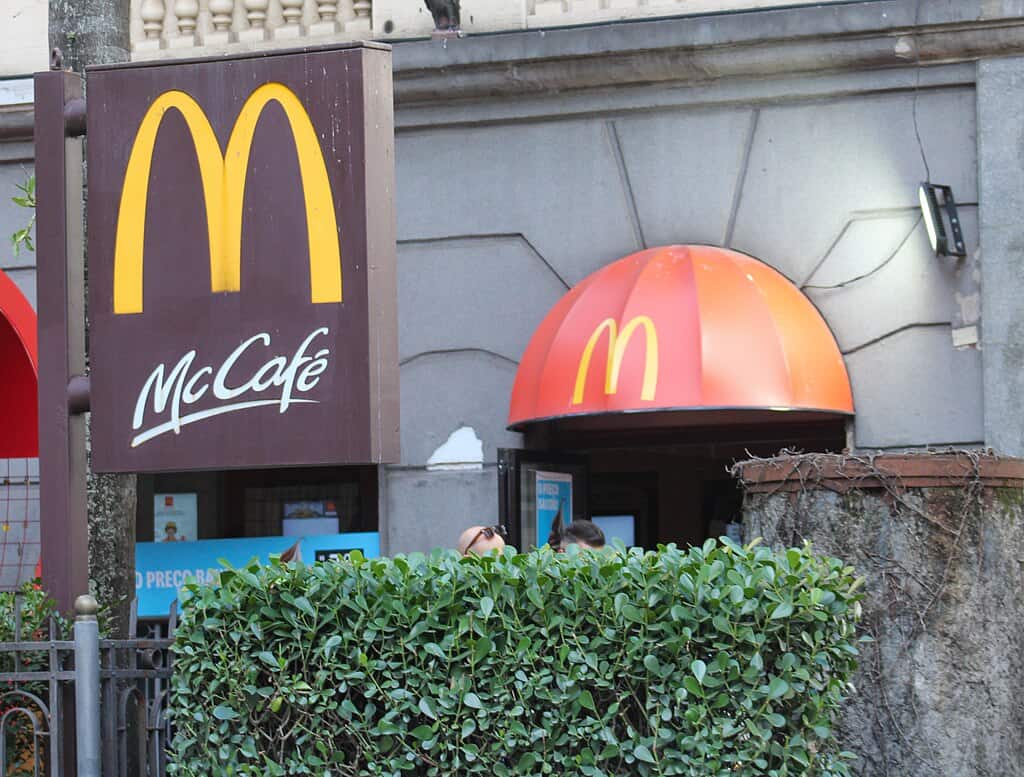
McDonald’s decision to end its long-running self-serve soda system marks a noticeable shift in how customers interact with one of the world’s most recognizable fast-food chains. For decades, travelers relied on these stations for quick refills, custom mixes, and a small sense of autonomy during long journeys. With the new model rolling out nationwide, the in-restaurant experience is evolving in ways that will subtly but significantly reshape convenience on the road.
1. The End of a 30-Year Convenience Tradition
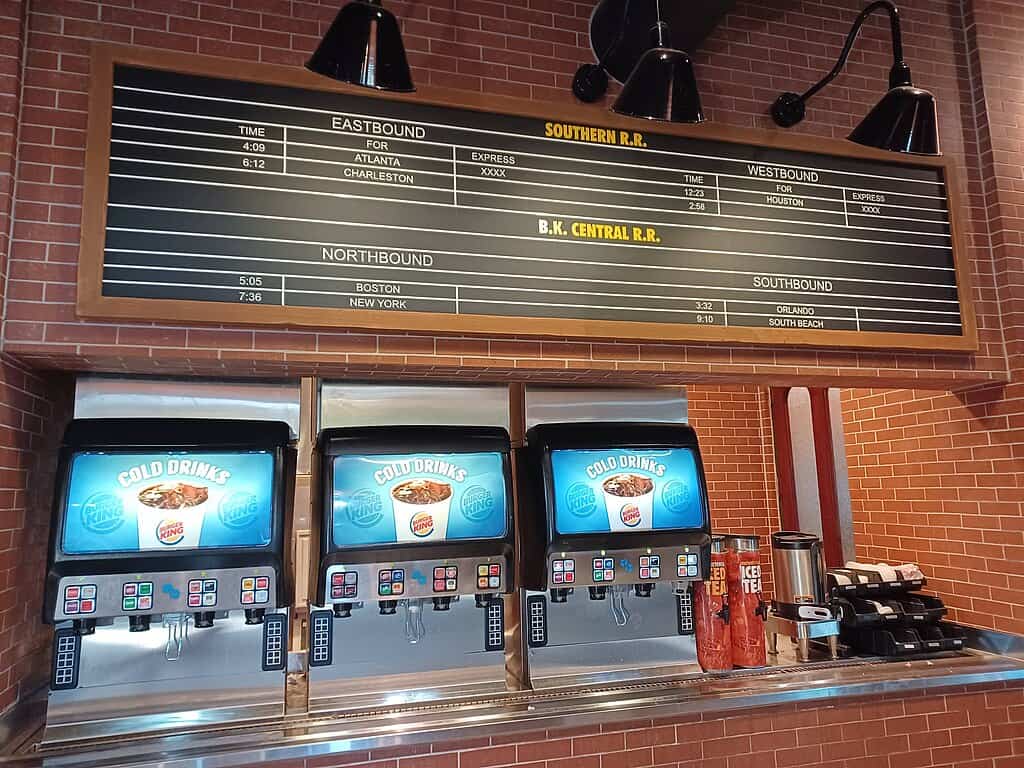
The phasing out of self-serve soda stations closes a familiar era that began roughly 30 years ago, when McDonald’s introduced freestyle-style systems across thousands of restaurants. By 2032, all U.S. locations are expected to remove customer-operated dispensers, shifting full control back to staff. For travelers who depended on the speed and ease of topping off a half-empty drink, this marks a transition from instant service to a more regulated, staff-led interaction.
2. Why McDonald’s Is Making the Change Now
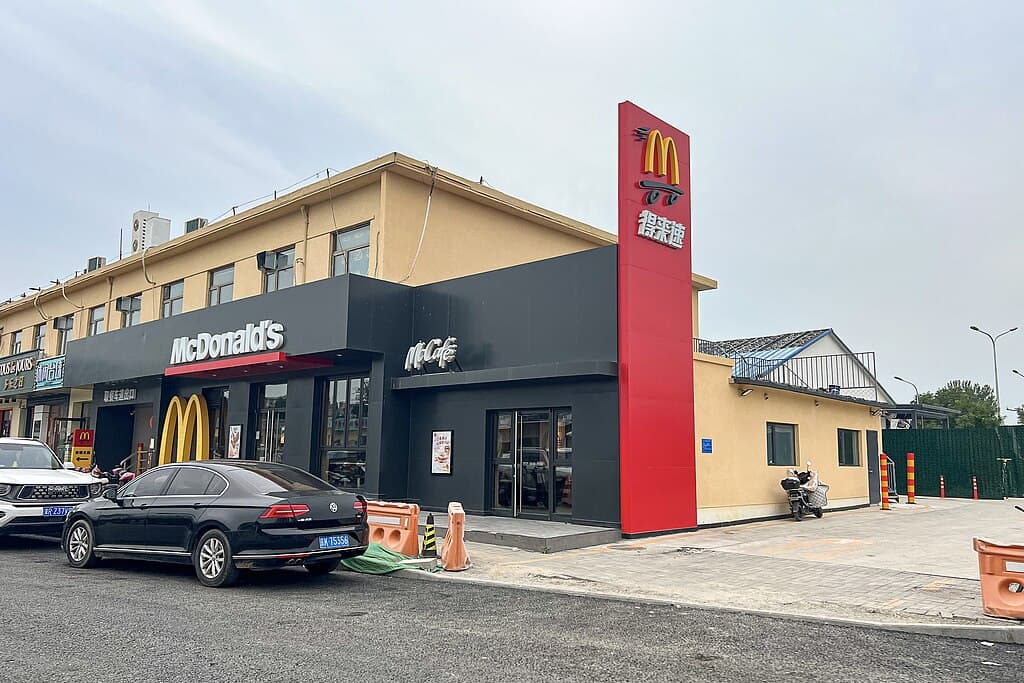
McDonald’s cites evolving customer behavior, noting that over 60% of U.S. orders now come through digital, delivery, or drive-thru channels rather than dining rooms. With fewer people sitting inside, the company wants a consistent drink experience regardless of where an order originates. By centralizing drink preparation, they also reduce syrup waste, machine upkeep, and the 15–20% loss historically attributed to misuse of open self-serve stations.
3. What Travelers Lose in Speed and Flexibility

For travelers who depend on a quick refill during a long drive or airport layover, the change means waiting for staff rather than helping themselves. Some early-transition locations report refill wait times climbing from under 30 seconds to 2–4 minutes, especially during peak hours. Travelers will also lose the freedom to control their ice levels, adjust syrup strength, or mix flavors, rituals that previously made McDonald’s a predictable pit stop.
4. The Future of Free Refills and Store Policies
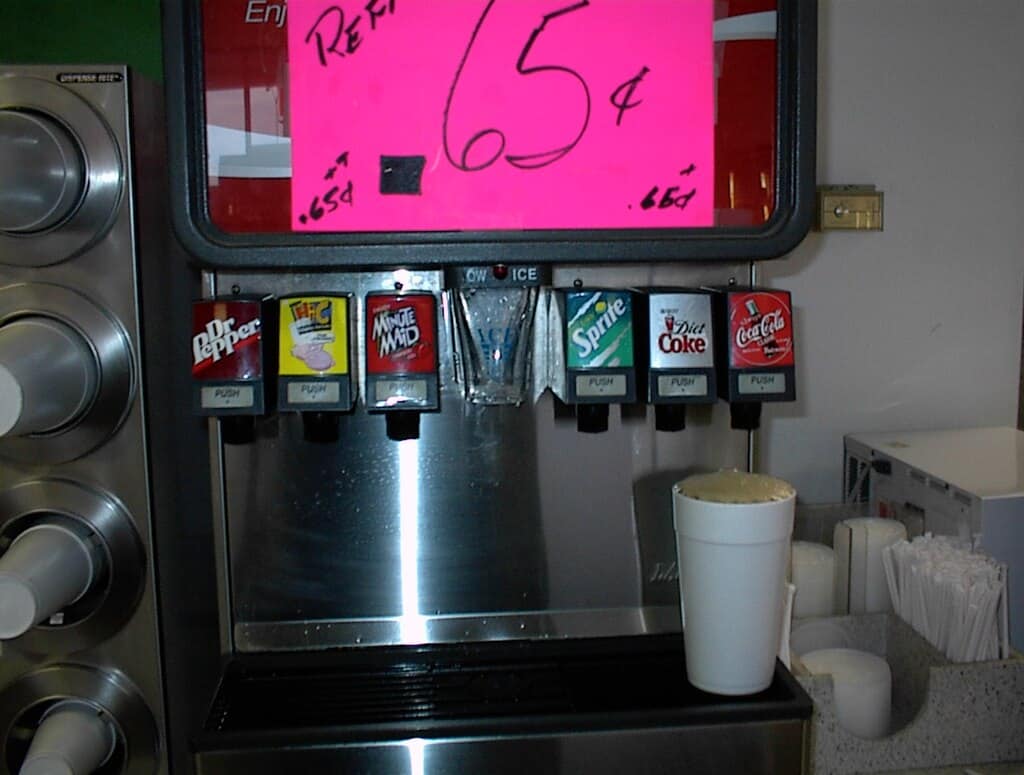
McDonald’s has not fully eliminated free refills, but many franchisees are re-evaluating the perk. Historically, about 85%of U.S. locations offered unlimited refills with dine-in purchases. Under the new model, some stores are limiting refills to one or restricting them to same-cup usage monitored by staff. Travelers relying on large beverages for long trips may find that refill policies vary more widely from one city or state to another.
5. A Cleaner but More Controlled Dining Room

One motivation behind the change is sanitation. Internal audits showed that self-serve machines required cleaning 6–8 times daily, yet many received only 3–4 full cleanings due to staff workload. By eliminating public access, McDonald’s aims to reduce spill zones, sticky surfaces, and cross-contact risks, especially important in high-traffic locations near highways and airports. The trade-off, however, is a less interactive dining space with fewer customer-touch amenities.
6. How This Shift Impacts McDonald’s Global Strategy
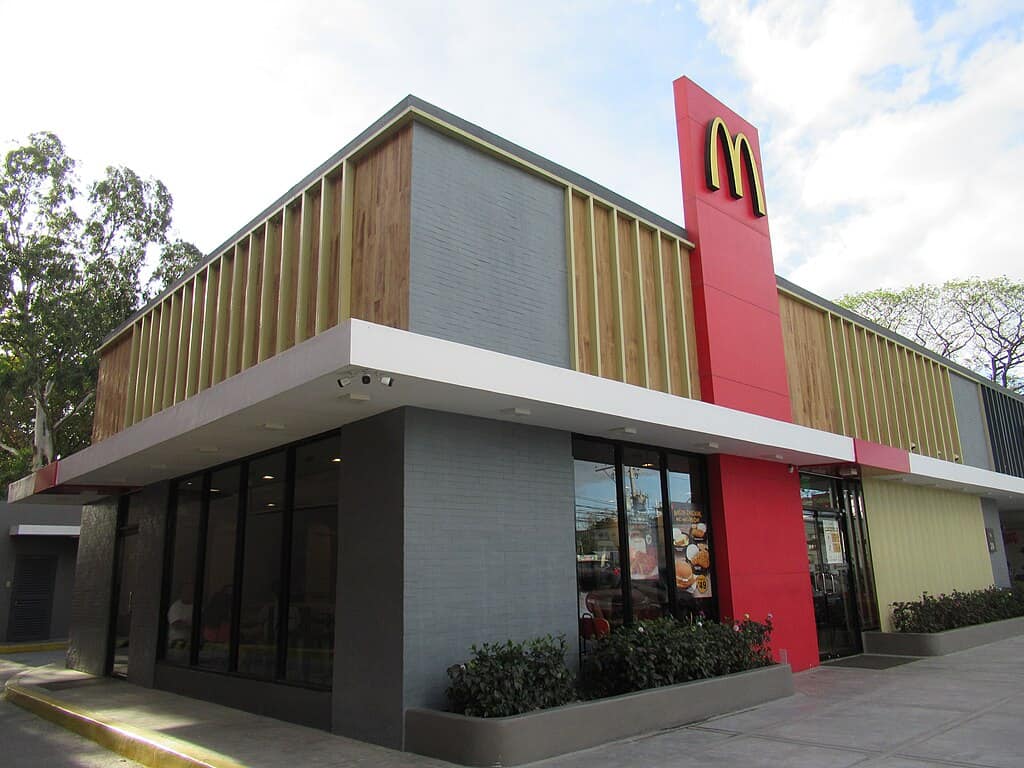
While the initial rollout focuses on roughly 13,500 U.S. stores, the policy may extend internationally depending on regional performance. Markets where dine-in rates exceed 50%, such as parts of Asia and Europe, may delay or modify the transition. Still, the company’s push toward uniformity means travelers could see similar changes abroad when remodeling cycles align. This signals a broader shift toward efficiency over customization across the brand.
7. Adjusting Travel Habits in the Post Self-Serve Era
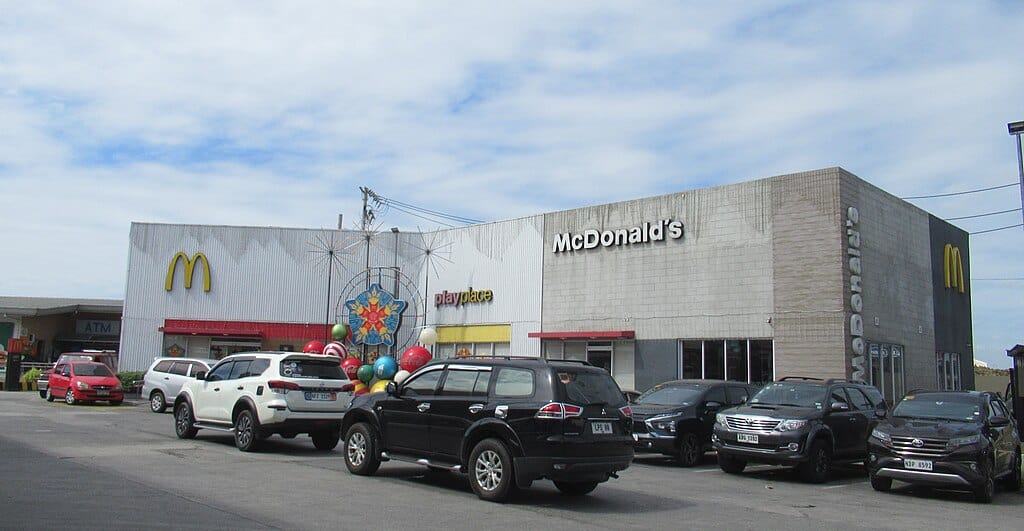
As the new system spreads, travelers may need to adjust their expectations for quick beverage access. If a location handles an average of 150–200 dine-in drink requests per hour, staff-managed refills could slow overall service flow. Road-trippers may choose larger initial drink sizes, while frequent flyers might rely more on bottled options to avoid delays. Though small in isolation, the change subtly reshapes how McDonald’s fits into fast-moving travel routines.